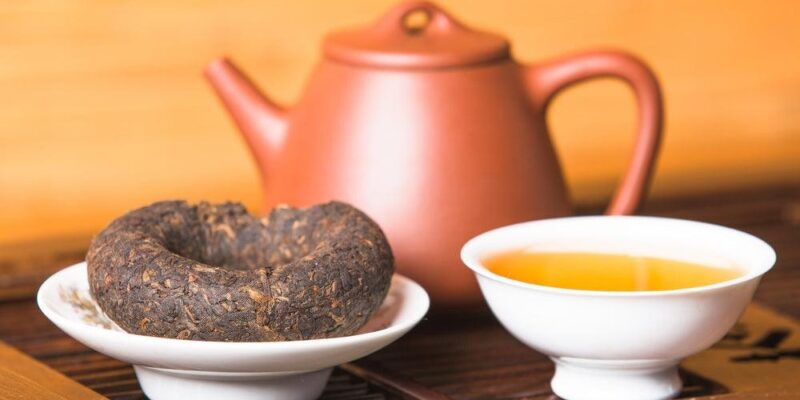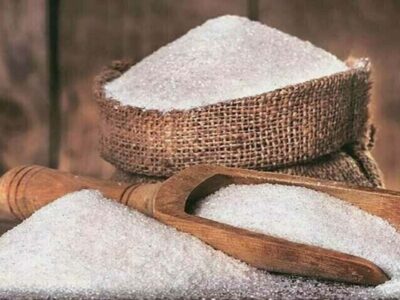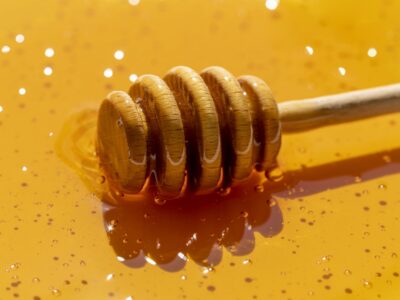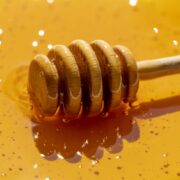In recent years, Chinese tea has captured the attention of tea lovers around the globe, and one variety that has gained significant popularity is Chinese Pu-erh tea. As more foreigners delve into the world of tea, they are discovering the unique qualities and rich history that make Pu-erh an intriguing choice.
So, what is it about Pu-erh tea that appeals to so many? One key factor is its distinctive flavor profile. Unlike other teas, Pu-erh undergoes a unique fermentation process, which gives it a rich, earthy taste that many find comforting. This complex flavor, often described as smooth and robust, sets it apart from traditional green or black teas, attracting those looking for something different.
The health benefits of Chinese tea, particularly Pu-erh, further contribute to its growing popularity. Studies have suggested that Pu-erh tea may help with weight management, as it has been shown to support healthy digestion and boost metabolism. For those mindful of their health, incorporating Pu-erh into their daily routine can provide a delicious way to enjoy wellness benefits.
Moreover, the cultural significance of Pu-erh tea plays a vital role in its appeal. Many tea enthusiasts appreciate the story behind each batch, as Pu-erh is often aged and crafted in small quantities, adding to its allure. This connection to tradition invites drinkers to engage in the art of tea appreciation, transforming the act of drinking tea into a meaningful experience.
For those interested in exploring this unique variety, finding a reputable source is essential. Online retailers like Orient Eco Tea offer a selection of premium Pu-erh teas, sourced directly from China. This ensures that consumers can enjoy the authentic flavors and health benefits that Pu-erh tea has to offer.
In conclusion, the rise of Pu-erh tea among foreigners highlights its rich flavors, health benefits, and cultural significance. As more people discover this remarkable tea, it continues to forge connections across cultures, inviting everyone to experience the depths of Chinese tea tradition.













Comments